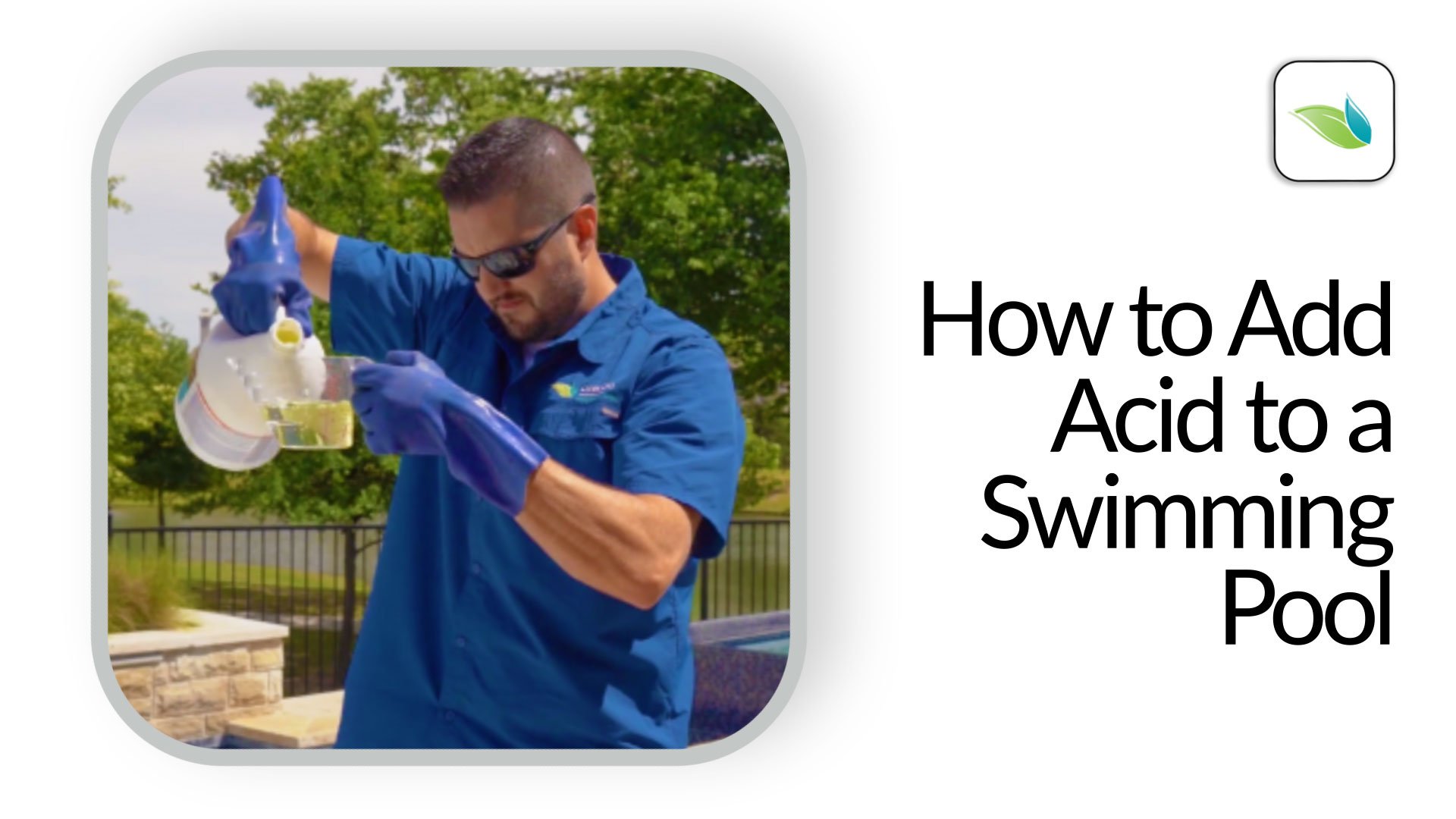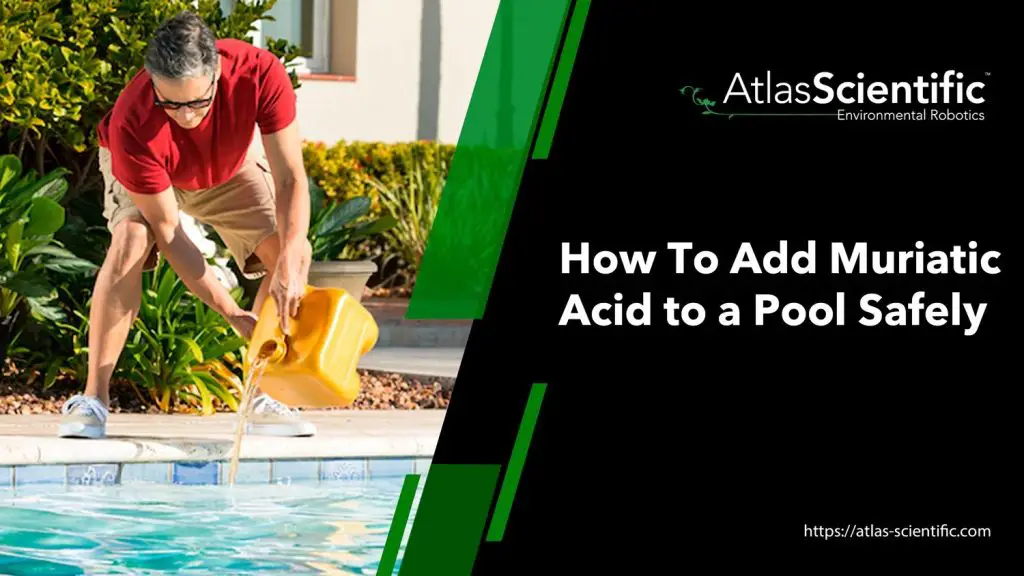Keeping your pool water balanced is essential for maintaining a clean and safe swimming environment. One crucial aspect of pool maintenance is controlling the pH level of the water. When the pH level of your pool water is too high, it can lead to various issues such as algae growth, cloudy water, and skin irritation. Adding acid to your pool is a simple yet important task that can help you maintain the proper pH balance. In this guide, we will walk you through the steps on how to add acid to a pool effectively.
Why is pH Balance Important?
The pH level of your pool water indicates how acidic or basic it is. The ideal pH range for pool water is between 7.2 and 7.6. When the pH level is outside of this range, it can affect the effectiveness of your pool chemicals and lead to various problems. Low pH levels can cause corrosion of pool equipment and skin irritation, while high pH levels can result in scaling and cloudy water.

Credit: sensorex.com
Choosing the Right Type of Acid
Before adding acid to your pool, it’s important to choose the right type of acid. The most commonly used acids for pool maintenance are muriatic acid (hydrochloric acid) and dry acid (sodium bisulfate). Muriatic acid is more potent and fast-acting, while dry acid is safer and easier to handle. Make sure to read the manufacturer’s instructions and safety precautions before using any type of acid.
Tools and Safety Precautions
When adding acid to your pool, you will need the following tools and safety equipment:
- Protective gloves
- Safety goggles
- Measuring cup or scale
- Pool brush
- Bucket
It’s crucial to wear protective gloves and safety goggles to avoid skin and eye irritation. Make sure to work in a well-ventilated area and never mix different pool chemicals together.

Credit: blog.orendatech.com
Testing the pH Level
Before adding acid to your pool, it’s essential to test the pH level of the water using a pool test kit. Follow the manufacturer’s instructions to obtain an accurate pH reading. If the pH level is above 7.6, it’s time to add acid to lower it back to the ideal range.
How to Add Acid to a Pool
Now that you have all the necessary tools and have tested the pH level of your pool water, it’s time to add acid. Follow these steps to add acid to your pool safely and effectively:
- Calculate the amount of acid needed based on your pool size and current pH level. Refer to a pool calculator or the acid manufacturer’s instructions for guidance.
- Dilute the acid in a bucket of water following the recommended ratio provided on the acid container. Never add water to acid, always add acid to water to prevent splashing and chemical reactions.
- Slowly pour the diluted acid mixture around the perimeter of the pool while the filtration system is running. This will help distribute the acid evenly throughout the water.
- Use a pool brush to gently brush any areas with visible stains or scaling to help the acid dissolve and improve circulation.
- Wait for at least 4-6 hours before retesting the pH level. If necessary, repeat the process until the pH level is within the ideal range.
Monitoring and Maintenance
After adding acid to your pool, it’s essential to monitor the pH level regularly to ensure it stays within the recommended range. Test the water at least once a week and adjust the chemical balance as needed. Remember to keep your pool well-maintained by cleaning the filters, skimming debris, and maintaining proper water circulation.
Conclusion
Adding acid to a pool is a simple yet crucial aspect of pool maintenance. By following the steps outlined in this guide and maintaining the proper pH balance, you can ensure a clean and safe swimming environment for you and your family. Remember to always prioritize safety and follow the manufacturer’s instructions when handling pool chemicals. With regular testing and maintenance, you can enjoy a sparkling pool all season long.





